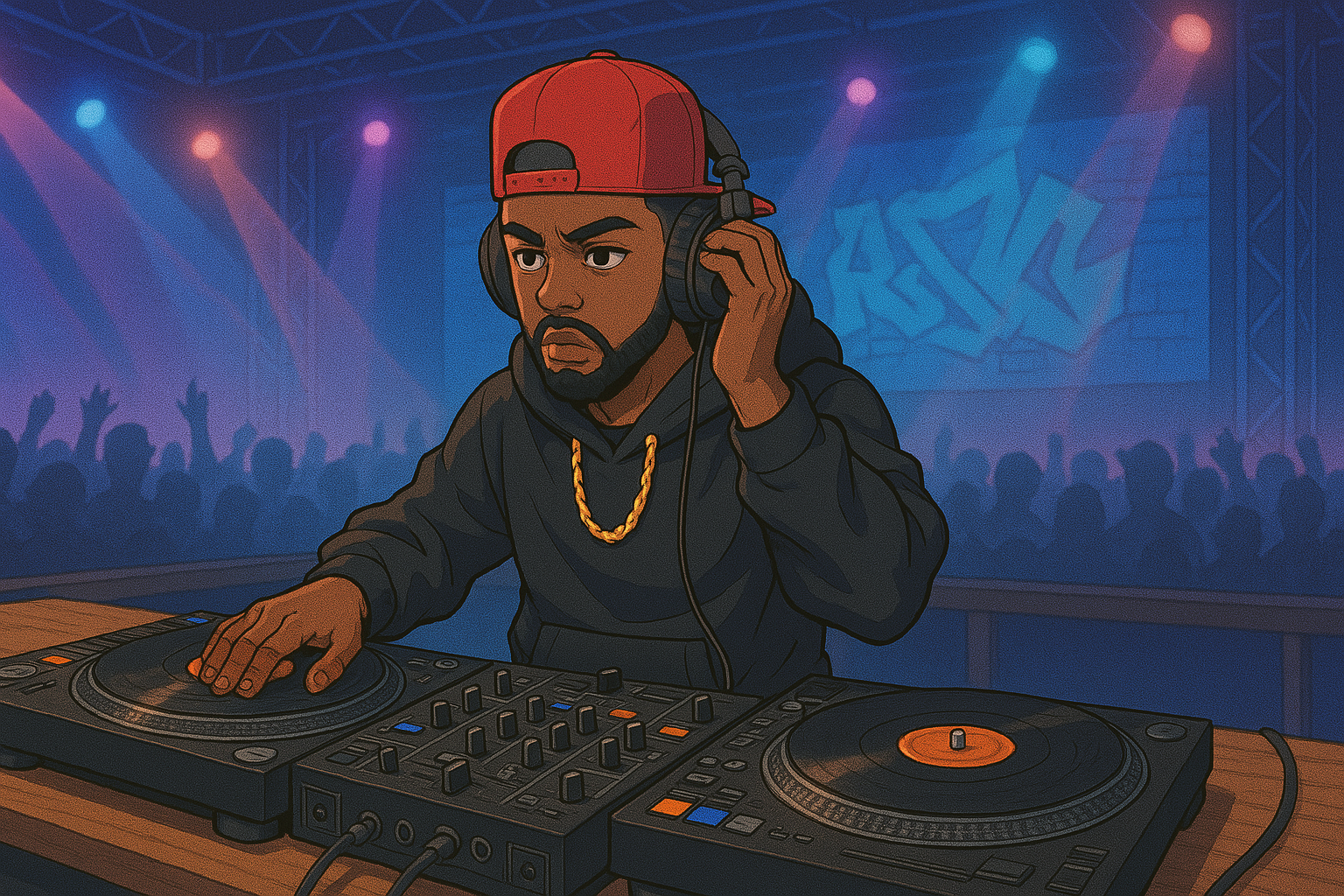
Dubspot blogger Josh Spoon discusses how to optimize your music making experience and develop a signature sound by using Ableton Live Racks to organize your instruments, effects, and MIDI controls.
An Ableton Live Rack is a container that holds virtual instruments and effects, allowing you to create a customized, reusable device chain. Racks also feature eight assignable Macro knobs, which make it easy to access the most important parameters of the devices inside the Rack. Not only can Racks give you more detailed and robust control over your sound, they can make it easier to work with MIDI controllers as well.
Many currently available MIDI controllers can be configured in Live as a control surface. (Check the Control Surface menu of the MIDI/Sync tab in Live’s Preferences to set this up.) This means that a device can take advantage of instant mappings and automatically control various aspects of Live without any further configuration. Many control surfaces for Live feature a bank of eight knobs or encoders which automatically control the currently selected device. Since Racks have eight Macro knobs, this works out well.
Let’s build an Instrument Rack to see how controllers love Racks. Below, you’ll see a Simpler (Live’s basic sample playback instrument). We want our controller to have easy access to the filter cutoff and resonance, without any custom mapping. The way to do that is to assign these parameters to Macros.
Right-click in the title bar of the Simpler, and select Group from the context menu. This will create an Instrument Rack.
Next, right-click on the Freq knob in Simpler, and select “Map to Macro 1″ from the context menu. Right-click the Res knob, and select “Map to Macro 2.”
Click on the Rack to select it, and a blue hand will appear in the title bar. Now your control surface will be happy, instantly mapping it’s device controls to the Macros.
Racks allow you to set a minimum and maximum value for Macros. Let’s take a look at the Macros assigned in the example above. When you turn the Filter Freq Macro, you have to be careful not to venture too low or you will get an extreme loss in volume. If you turn the Filter Res Macro up too high you’ll get a very nasal, sometimes squealing sound. By restricting the minimum and maximum values of the Macros, you can prevent the rack from making any sounds you don’t like.
Click the Map button in the title bar of the Rack to reveal the Mapping Browser.
Change the Filter Freq minimum from 30Hz to 2kHz and the maximum from 22kHz to 4kHz. Also, let’s change the Filter Res maximum to 4.
Now, you can twist the full range of the knob and not worry about getting any undesirable sounds.
In the example above, there are two Macros assigned to two parameters. But what if you want to adjust both parameters simultaneously using a single knob?
Right-click on the Res knob in Simpler, and select “Map to Filter Freq.” This will map the resonance to the same Macro that’s controlling the filter frequency. The minimum and maximum values will be retained. Now you can play your keyboard with one hand, and tweak the filter and resonance with the other hand.
Your racks can be as simple or dynamic as you want. It’s all about suiting your needs.
For years, I would program instruments and effects for my productions, and once I completed a song, the sounds I created were never used again. This meant that I had a never ending need to program new sounds and drag in effects. This was inefficient time management, and resulted in disjointed sounds between songs.
When I started performing live, I asked a friend how he got his transitions to flow so smoothly. He gave me a couple of the Racks that he made for his performances, and the light bulb went off. I realized that if I created my own Racks, I could create my own sound. I could have go-to instruments and effects that work for me, and not waste production time. Next time you create a great chain of effects, rack it up and save it. You’ll be glad you did.
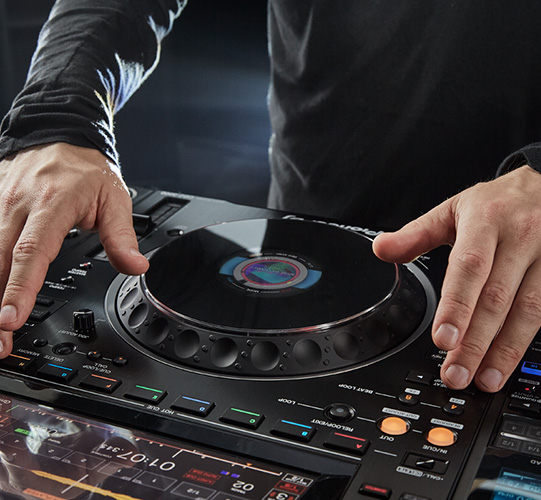
Over the years of my DJ career I've logged countless hours on Pioneer's gear, from the gritty reliabilit...
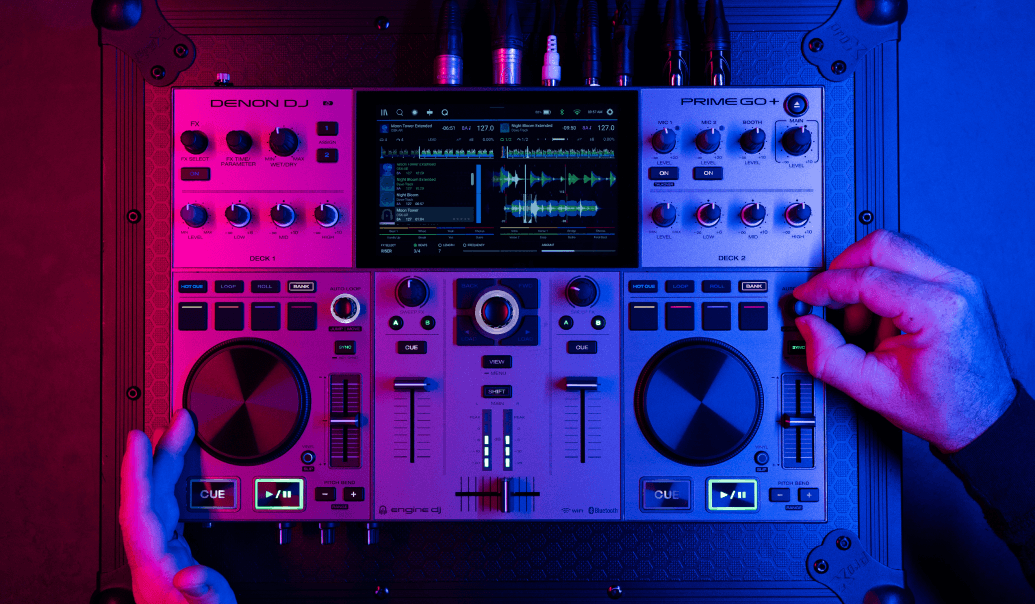
Introduction Welcome to the electrifying world of DJing in 2025, where beats drop not just in clubs but ...
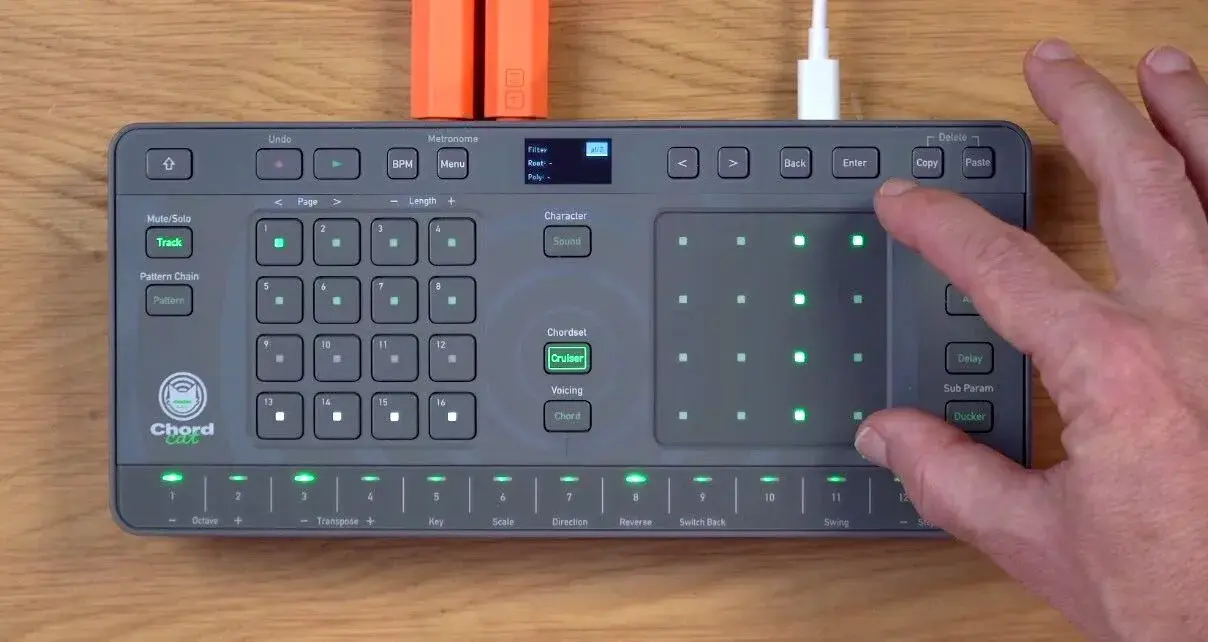
If you've ever stared at your keyboard, scratching your head over the next chord in your progression, th...
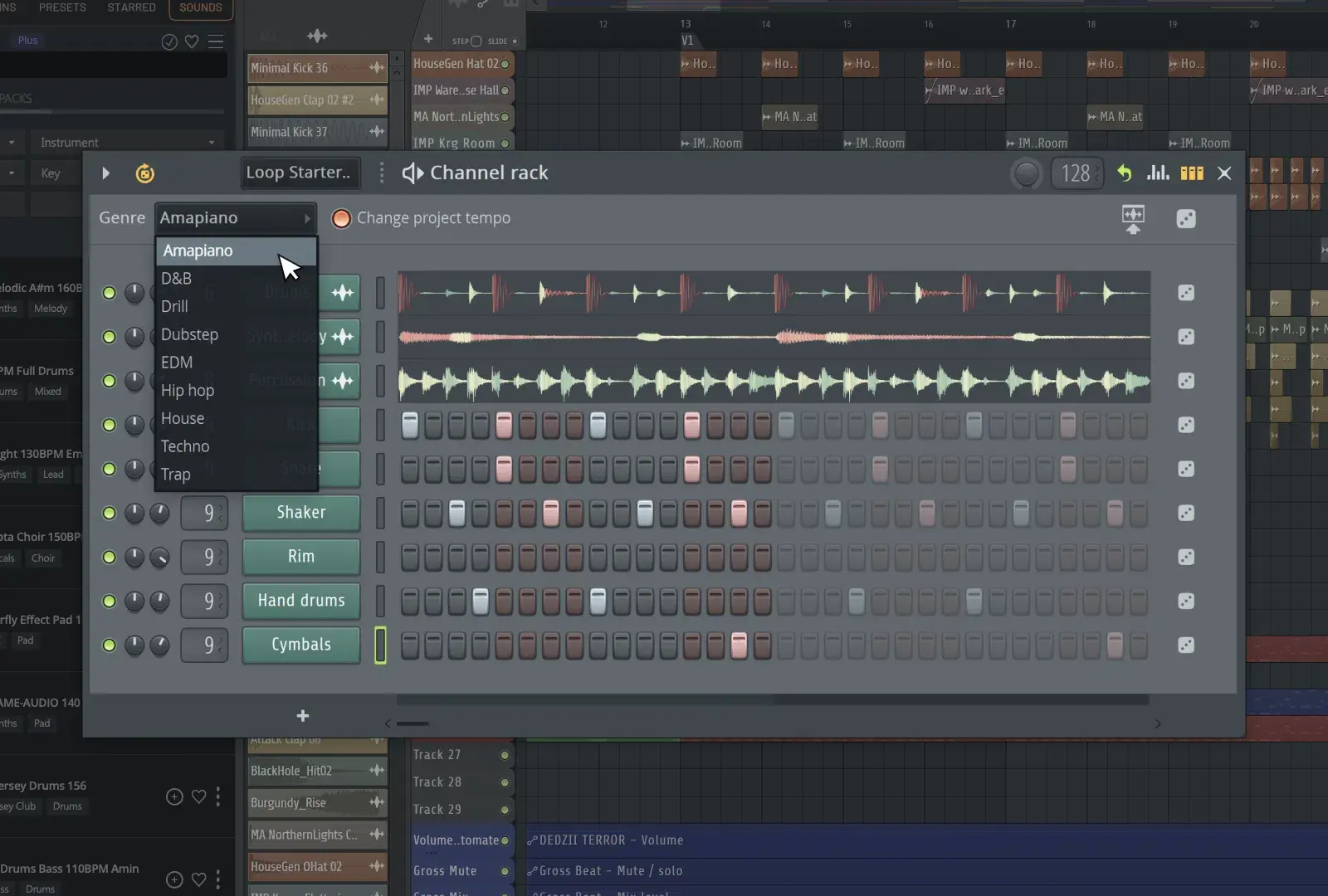
FL Studio 2025: Start Faster, Finish Stronger with Game-Changing Creative Tools Say goodbye to creative ...